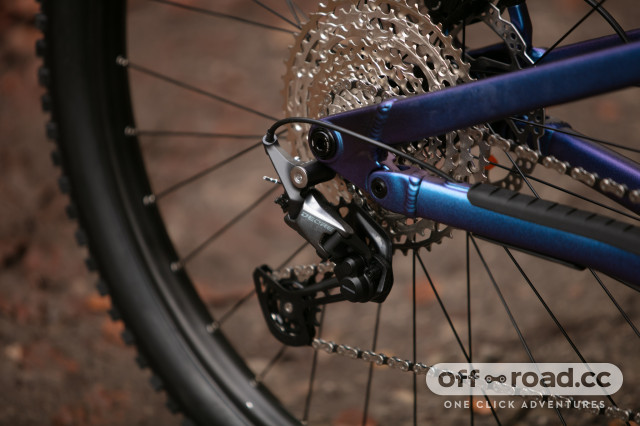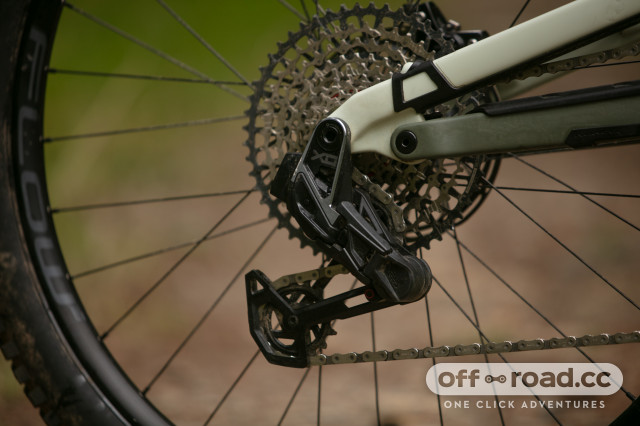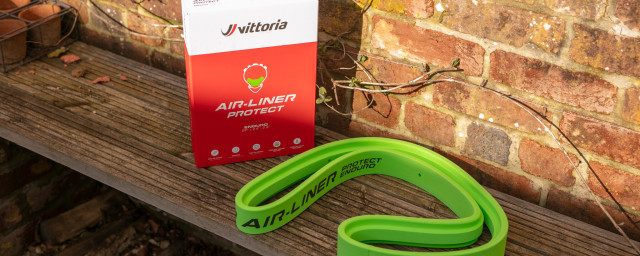What is UDH and why does it matter?

Mountain and gravel bikes have a dizzying matrix of component standards and sizes. In the ever-evolving attempt to make things lighter and stronger, sizing and attachment configurations change. That can cause issues, especially when seemingly mild damage to one component, which can mean the end of your riding for many days because you can’t find a replacement part.
- SRAM MTB drivetrains 2024: SX to XX SL explained
- Bicycle dropouts - every standard explained
- SRAM Red XPLR brings 13-speed T-Type shifting to gravel bikes
The rear derailleur hanger is one of the most vulnerable components on any mountain or gravel bike, and it always becomes a magnet for terrain impacts when you are on an adventure riding weekend. Hours from the nearest fully stocked bike shop.
In principle, derailleur hangers are clever industrial designs. Mounting your rear derailleur directly to the frame isn’t a smart idea. Why? Any impact involving a direct mount rear derailleur can severely damage the drive-side chainstay, causing much damage, especially on a carbon frame. Road riders with decades of experience know the pain of direct mount rear derailleurs and damage…
The derailleur mount is functional and sacrificial: it keeps your rear mech in place and sacrifices itself during a big crash or rock strike, saving your chainstay from catastrophic damage.
Why derailleur hangers are good and bad
If the derailleur hanger is such a heroic component, being purposely sacrificial, in saving your mountain or gravel bike’s rear triangle from having a hole ripped out of the chainstay if the rear mech catches on something during a crash, they can become such a nightmare to replace.
There are numerous rear derailleur hanger types. Many are frame-specific. For most legacy frames, you might be out of luck sourcing one from a local bike shop if you need a frame-specific hanger replacement during that adventure riding vacation in the Alps, Dolomites, Pyrenees, or Scottish Highlands.
Derailleur hangers are wildly vulnerable to damage, especially for off-road riders. You could negligently knock a bike over in the car park while preparing for a ride and have it bend a hanger during impact. Rock strikes are a risk on the trail, and it’s not a speed-related issue. Even slow-speed descending in very technical terrain has the potential to impact and ruin a rear derailleur.
What is UDH?
An attempt at sanity and standardization from SRAM, with drivetrain brand agonistic compatibility. The acronym unpacks as ‘Universal Derailleur Hanger’ and does exactly what it says.
With its deep understanding of drivetrain trends, development and tolerances, SRAM’s UDH team believes it knows what the industry needs for a standardised rear derailleur hanger. UDH promises this: one component for nearly all mountain and gravel bike frames. Reasonably priced and widely available.
Launched in 2019, UDH is effectively the rear derailleur hanger of destiny riders have been dreaming of for decades. SRAM’s design also evolves the sacrificial function inherent to rear derailleur mounts, with UDH not being entirely rigid. The design allows for some rearward movement during a derailleur impact, absorbing crash forces and reducing the possibility of bending. It’s also configured to rerail a chain on the smallest gear if you’re moving the crankarms about, getting in a pedal or backstroke, bouncing through severely rutted trail sections, or braking bumps.
But why has it taken so long to develop something like UDH and bring it to market? Drivetrains and axle standards evolved greatly from the late 2000s to the mid-2010s, adding to the complexity of the rear derailleur hanger issue. Once 1x systems and 12mm rear axles became standardized in the mid-2010s, engineers and product planners could start consolidating all the tolerances and specifications required to create a unified rear derailleur standard for off-road bikes.
Is this the end of the hanger hangover?
If there’s a consistency in mountain and gravel biking, it’s that standards change. Often. What does that mean for the hope that UDH is the end of derailleur hanger anxiety?
To know if UDH could be the solution to rear derailleur anxiety, we need to imagine the changes in future axle and drivetrain standards. After a period of dramatic axle and drivetrain development a decade ago, the technology trend has stabilized.
UDH is configured for the 12mm through axle, which is unlikely to change. There’s no reason for a larger diameter thru-axle. For example, axle sizes on hard-hitting enduro bike forks have reverted to a smaller size, which indicates that rear axle standards probably won’t grow. There was a time when few riders would consider a 160- to 180mm single crown fork with anything smaller than a 20mm axle. In the current enduro bike market, most riders are on forks with 15mm through axles.
UDH does have its quirks, however. If you’re like working on your mountain bike, ensure you have a torque wrench that works in both directions because the UDH bolt is reverse threaded, and your derailleur must be tightened to 20Nm, for the rearwards impact compensation to work. You’ll need a torque wrench that works clockwise and anticlockwise to marry UDH and derailleur to SRAM’s specifications.
Industry enthusiasm for the simplification of UDH has been profound. Most new mountain bike models are designed for UDH fitment, but if you have a legacy frame and want to run UDH, there are retrofit kits, especially for bikes that don’t have monocoque/one-piece rear triangles. Some brands, like Germany’s RAAW, have released drive-side seat stays that accept UDH and can be bought and retrofitted by riders.
SRAM’s UDH is that rarest of things in the mountain and gravel bike product landscape – something that’s very affordable, works for nearly everyone and solves a real issue.














1 comments
"Road riders with decades of experience know the pain of direct mount rear derailleurs and damage…"
As a road rider with decades of experience I've never had any pain with direct mount rear derailleurs. Maybe bunch racing road riders with decades of crashes feel the pain but not the general club riders I tootle around with.
It bugs me that even steel road frames have sacrificial aluminium hangers when they are completely unnecessary - steel hangers can be bent back or replaced so easily.
For off-road use, absolutely a good idea where brittle materials like carbon and aluminium are used for frames and the UDH is a brilliant idea that I hope sticks around for decades for that market.